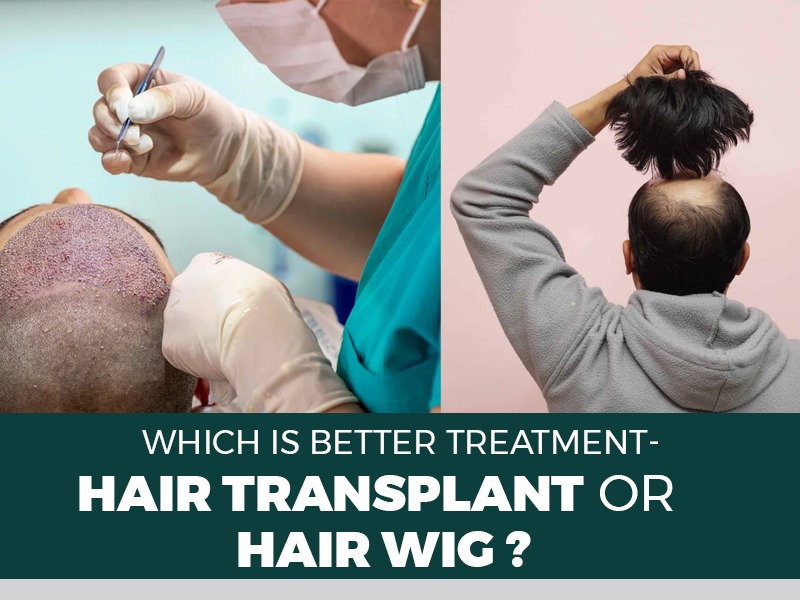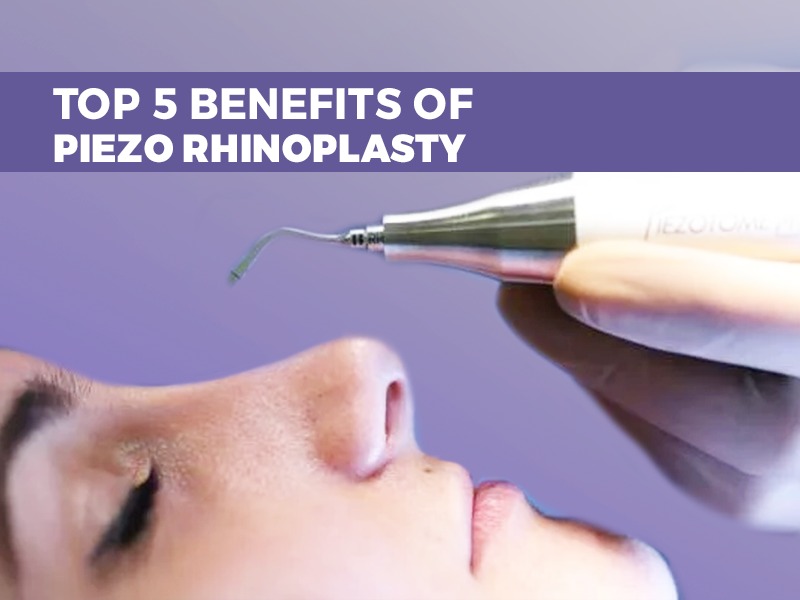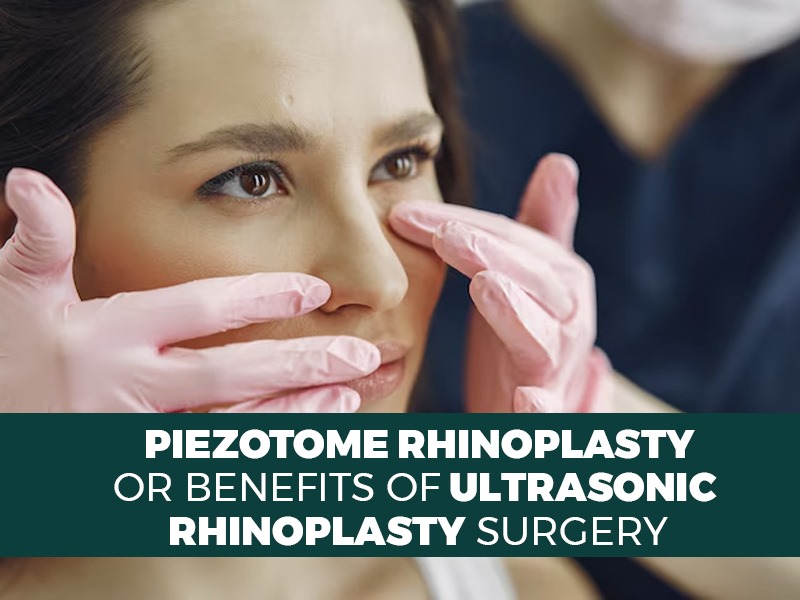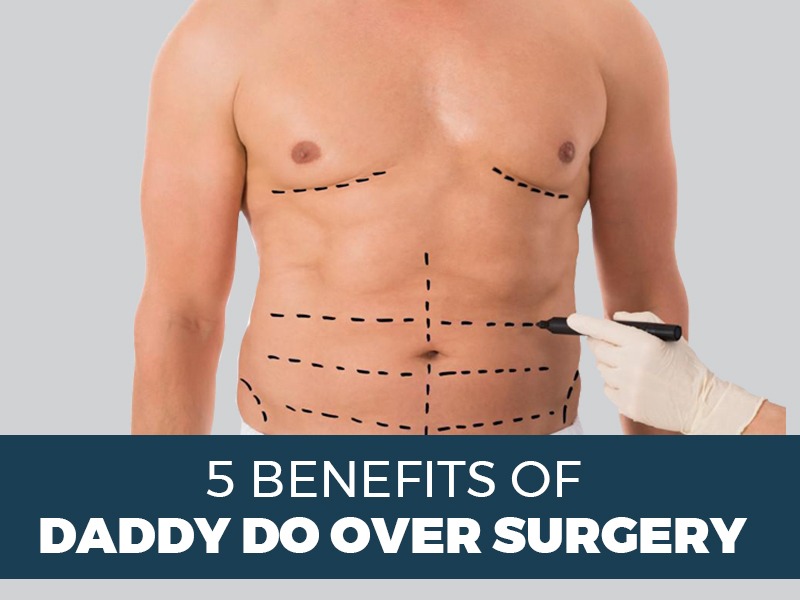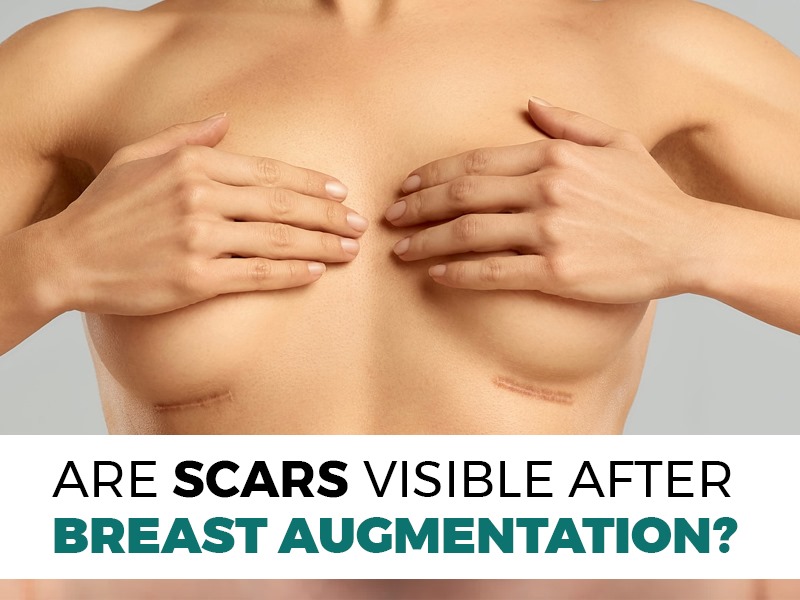Which is better treatment- Hair Transplant or Hair wig?
Hair loss is among the most prevalent issues with men and women. It has many roots and they can be traced to genes, aging, stress, and medical conditions. However, the consequences of low self-esteem are much more than just being a danger to your life. It can badly affect your self-confidence and self-esteem. When faced with hair loss, many people consider two main options: hair transplant surgeries and wigs. The best solution is not always clear-cut, but both offer ways to deal with the problem. The Allure of Wigs: Here are some key benefits of wigs: Easy to Use: Wigs are quite easy to apply and remove, which allows you less time to spend on their maintenance. They are definitely a convenient choice for those who, for some reason, don’t need their hair to be pampered. Variety of Styles: With different hair wigs, you can be adventurous and try out different colors, lengths, and textures to see which style suits you best. Immediate Results: Fitting wigs is a very different story from hair transplantation that requires time to grow back. Non-surgical: Wigs are a non-surgery solution, which is ideal for those who are scared of surgery and have conditions that might preclude a hair transplant. However, wigs also come with some drawbacks: Unnatural Feel: Although present-day wigs are really good, still, they may still be too artificial compared to natural hair. Others might have the issue of being itchy or uncomfortable, particularly in hotter weather. Maintenance: Wigs on most occasions need to be washed and maintained as the wearer can not use them for a long time. In the case of upholstery, the cushions might need to be re-styled once in a while to keep their shapes. Cost: The price of a high-quality wig can be a little high, and the cost can accumulate, especially if you decide to try out different hairstyles. The Power of Hair Transplants: Hair transplants offer several significant advantages: Long-lasting: After the hair follicles are transplanted, they become established and continue to grow for life. This cancels the need for wigs or other hair loss alternatives. Increased Confidence: You can easily feel confidence and self-esteem improve with hair. It can give you that edge to bask in your comfort zone while feeling more outgoing in social situations. Low Maintenance: Transplanted hair, just like your regular hair, is easily maintained. The hair is flexible and simple to style, and you can wash it with normal shampoo. However, hair transplants also have some limitations: Surgical Procedure: Hair transplantation requires a surgeon consultation in order to discuss your case and determine your eligibility for the procedure as well as to discuss potential risks. Recovery Time: Indeed, you should prepare for the downtime during hair transplant surgery. You will feel the swelling and the scalp tenderness for a few days at the most. Cost: Hair transplantation may be very costly, but this may differ depending on the number of grafts or the skill of the surgeon. Donor Availability: A hair transplant’s success depends on having enough healthy donor hair follicles on your scalp by which it can be done. Finding the Perfect Match: In summary, the best remedy for hair loss will be determined by your own needs, comfort, and preferences. Here are some factors to consider when making your decision: Severity of Hair Loss: If this is the case and you only have a small area of hair loss, then a hair wig could be the right choice for you. Lifestyle: A wig may not be the most convenient alternative if you are in sports, gym, or sweat a lot. While hair transplants are almost permanent, they can tolerate most sports. Budget: Think of the initial value as well as the long-term prices. On the other hand, wigs may appear more economical in the first place, but this cost will grow over time. If you are looking for a hair transplant in Delhi, Dr. Pradeep Kumar Talwar, or Dr. PK Talwar, is a well-known surgeon for hair restoration. He can help you achieve your desired outcome. The website of his practice provides extensive information about hair transplant procedures, including Follicular Unit Extraction, or FUE, and Follicular Unit Transplantation, or FUT, along with hair transplant cost in Delhi. Dr. Talwar is a highly knowledgeable and skillful surgeon who uses state-of-the-art techniques to result in a natural look and long-lasting effect.
Which is better treatment- Hair Transplant or Hair wig? Read More »

